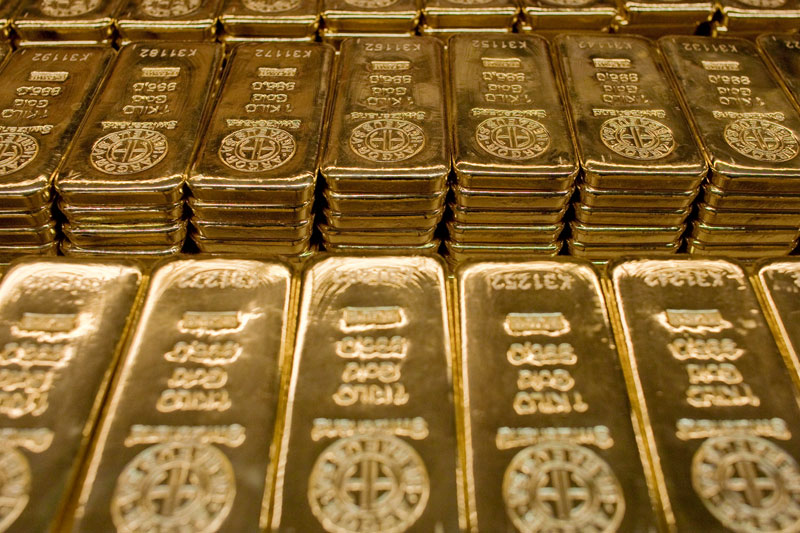By Nat Rudarakanchana - China’s secretive central bank may have stocked up heavily on gold in the past few years, and could own about 2710 tons as of the end of 2013, according to an industry expert.
Precious metals expert and gold bug Jeff Nichols, a managing director of the American Precious Metals Advisors, wrote on Thursday that much of this reported increase in holdings came from domestic Chinese mine production and secondary supply, which involves scrap or recycling gold.
According to Nichols’ sources, the People’s Bank of China (PBOC) bought 654 metric tons of gold in 2009 to 2011, 388 tons in 2012, and over 622 tons in 2013. There is no recent official data about Chinese central bank gold holdings, as the institution last announced its gold holdings in April 2009, at 1054 tons.
The PBOC doesn’t regularly report on its gold buying, as many other central banks do, and it hasn’t said when it might update the gold market on its purchases. Estimating how much the Chinese central bank has bought in recent years is something of a parlor game for Wall Street analysts and gold investors, though official announcements could have real price impacts.
Nichols declined to specify his sources to IBTimes. He had no details on the potential timing of an official central bank announcement.
“The important thing isn’t the specific numbers themselves,” Nichols told IBTimes. “There’s growing appreciation of indications that the [Chinese] central bank has been accumulating gold in recent years, probably in significant quantities.”
If Nichols is right, China would jump to the fourth largest gold holder in the world, beating out Italy and France, with the extra 1664 tons since 2009. That more than doubles China’s reported holdings as of 2009.
Bloomberg Industries metals and mining analyst gave similar figures last week, citing conversations with officials in China and Mongolia.
“There is no official data at all on Chinese official sector demand,” HSBC Holdings Plc gold analyst James Steel told IBTimes in late 2013, stressing the difficulty of devising accurate estimates here. “It is one of the opaque elements of the market.”
China may be buying gold to diversify its foreign reserve holdings away from its heavy exposure to the U.S. dollar, which account for the vast majority of its foreign reserves. China holds U.S. treasury bonds worth $1.3 trillion, reported Bloomberg earlier this week, in a new record.
Gold and the euro were the main diversification options for China's central bank managers before the continent’s euro zone crisis, according to experts.
“China were diversifying their holdings away from dollars towards euro,” said ETF Securities investment analyst Nick Brooks to IBTimes in late November. “And then of the course the euro crisis broke out. And there were questions about the structural stability or viability of the euro.”
China’s gold holdings on a percentage basis were also already low compared to major developed economies, added Brooks, providing another incentive to beef up gold reserves. They were 1 percent of holdings in 2009, according to industry data.
Central banks in developing nations have added to their gold reserves in recent years, though the pace slowed in 2013. Russia has been a prominent player in that trend. Gold bugs tend to cite massive central bank buying by China as bullish for prices, though it’s unclear if that unknown factor has a significant price impact compared to, say, U.S. monetary policy.
Central banks globally held 31,900 tons of gold, according to latest World Gold Council data. Yemen and Albania held the least, with 1.6 tons of gold each.
Even with the supposed additions, China’s gold reserves as a percent of its total holdings, including gold and foreign exchange reserves, only comes to 2.5 percent, on Nichol’s analysis. That compares to 70 percent in gold holdings for the U.S and 69 percent for Germany.
Switzerland’s central bank recently lost $16.5 billion in gold write-downs thanks to the metal’s steep price declines in 2013. Gold saw its worst year of price declines since 1981 in 2013, as the U.S. Federal Reserve threatened to taper back bond purchases, and skittish gold investors turned to booming equity markets instead.
